Fort Worth offers many wonderful ways to celebrate its Western heritage, so grab your Stetson and get ready to “boot scoot” around this historic, family-friendly city.
Between 1866 and 1890, Texas cowboys drove more than four million head of cattle up the Chisholm Trail through Fort Worth to meatpacking houses in Oklahoma. For that reason, the city came to be known as “Cowtown” and eventually became home to the largest stockyards and processing operation in the West.
Walking through the Fort Worth Stockyards National Historic District today, it’s easy to imagine what those Wild West days were like. Thanks to the preservation of many of the buildings, structures, traditions and cultures from that era, our recent visit to Fort Worth came complete with rodeos, cattle drives and singing cowgirls.
The Fort Worth Stockyards
Ready for a long weekend in Fort Worth, we decided to jump right into the action at the Stockyards Championship Rodeo, held every Friday and Saturday night. I thought the bareback riding looked ominous, with the cowboy straddling the back of a bucking horse that was doing everything it could to unseat him, but then came the bull riding. Same general idea, but replace the horse with a 1,500-pound bull named Smackdown, Freakazoid or Tombstone.
After the adrenaline rush of the rodeo, it was nice to check in at the Stockyards Hotel, a luxurious historic inn with Old West touches. For dinner, we ordered the Texas original, chicken-fried steak with white cream gravy.
The next day, I went shopping at Stockyards Station, buying habanero hot sauce from Texas Hot Stuff and a fancy fringed shirt at Sassy Pantz. We took a ride on an authentic stagecoach and worked our way through the Cowtown Cattlepen Maze, a 5,400-square-foot labyrinth of wooden pathways.
Just after 4 p.m., we heard what sounded like rumbling thunder overlaid with a distinct ‘moo.’ We stepped aside to watch a herd of Longhorn cattle being driven down the street by genuine Texas ‘drovers. The Fort Worth Herd, as it’s known, makes its way through town twice daily. We followed the cattle to the end of the trail and were able to take photos and quiz the cowhands about their authentic duds and duties.
Billy Bob’s Texas
We’d heard Billy Bob’s Texas was big, but when we walked into the 100,000-square-foot dance hall with its 30 bar stations and live professional bull-riding arena, we quickly realized “big” didn’t begin to describe it.
As we twirled around the enormous dance floor to the music of CMA award winner Martina McBride, I thought about the other country music legends who had played there through the years, including Willie Nelson and Merle Haggard, as well as present-day favorites like Cory Morrow and Josh Turner.
Before we left, we each had our picture taken on the stuffed bull, which was posed to look like it was in full bucking mode. I hammed it up, with one hand on the saddle horn and the other thrown up in the air like the real riders do. The resulting photo went straight to my Facebook page.
The National Cowgirl Museum and Hall of Fame
We’d heard so much about rough-and-tough cowboys who tamed the wild territories, so it was refreshing to visit the National Cowgirl Museum and Hall of Fame and fully understand how much help those cowboys had. Built to celebrate female ranchers, rodeo stars, pioneers, writers and other leaders who helped shape the American West, the museum was fascinating, fun and truly inspiring.
One of the most interesting displays was a series of holograms featuring several different honorees, with the images changing as we walked past. Other areas showcased famous women like artist Georgia O’Keeffe, retired Supreme Court Justice Sandra Day O’Connor, and Sacagawea, the Native American guide for Lewis and Clark.
Along with celebrating grit and determination, the museum featured the glittering costumes and gussied-up saddles used by award-winning rodeo cowgirls. We enjoyed tunes from jukeboxes that played the country-western music of singers like Patsy Cline, Dale Evans and Reba McEntire.
At one point, I was watching the acceptance speeches from some recent inductees and heard something that, to me, summed up the whole “cowgirl” ethos. It was from 2013 honoree Mary Walker, who suffered both the loss of her son and a debilitating injury in 2011. She told herself, “I can lay here and feel sorry for myself, or I can get up and do something about it.” She got up, got back in the saddle and won the world title in barrel racing in 2012.
Perhaps that’s what sent me into the gift shop to buy a coffee mug that said “My Heroes Have Always Been Cowgirls!”
FUN FACT
While Fort Worth was known as Cowtown to many cattle owners in the historic American West, it had a different name to the Eastern bankers and financiers who made millions off the cattle industry. After the newly built stockyards and the railroad spurred economic growth in the city, the Fort Worth Livestock Exchange Building was dubbed “the Wall Street of the West.”















